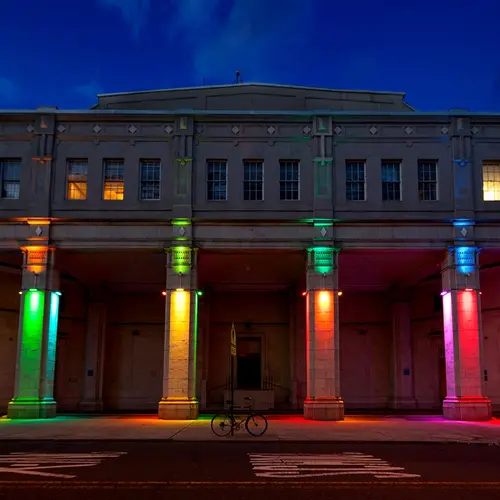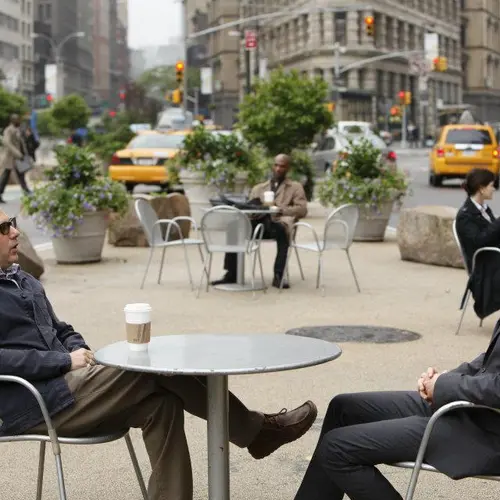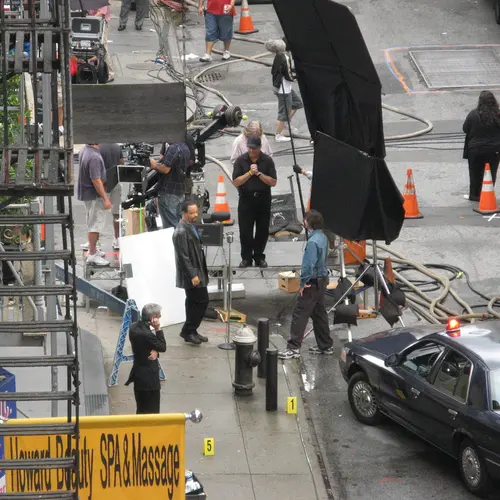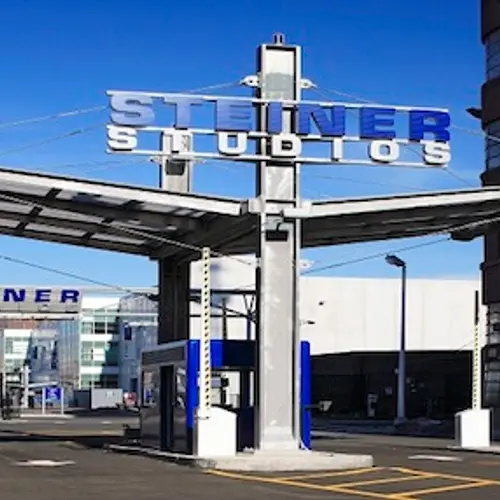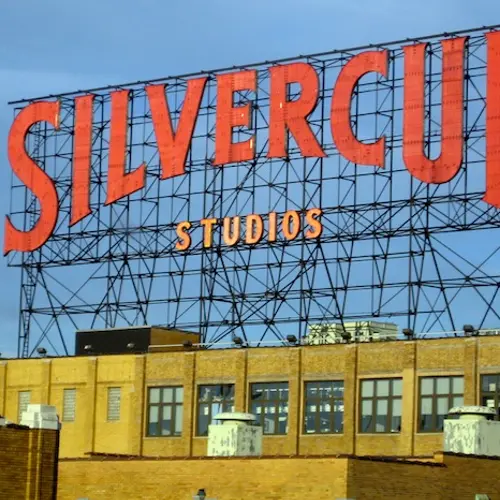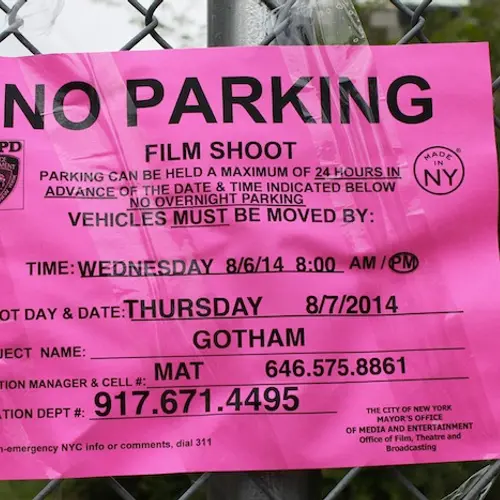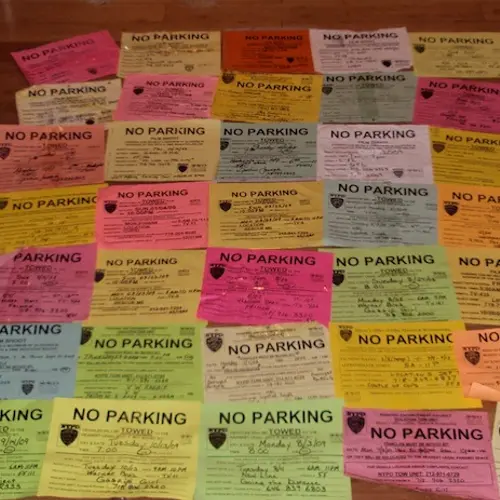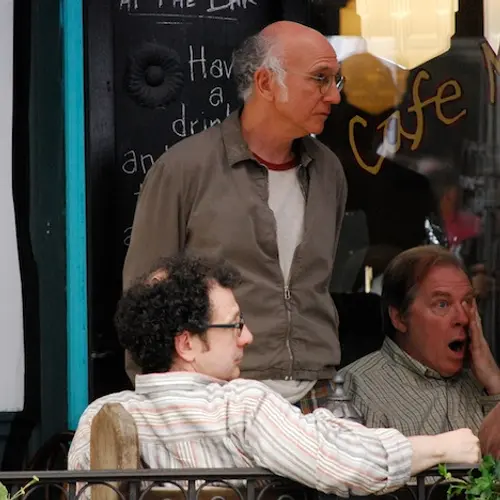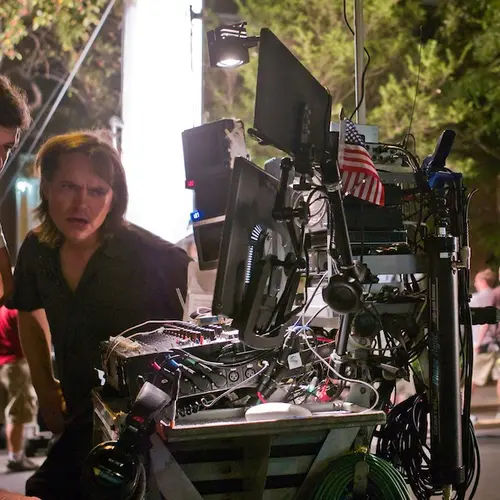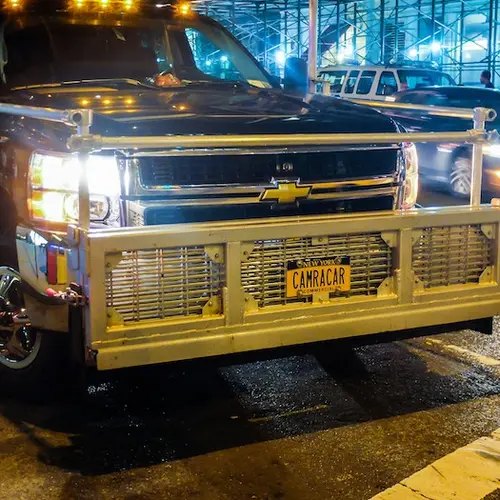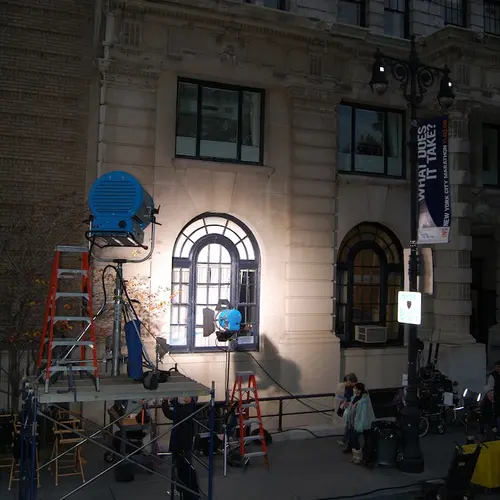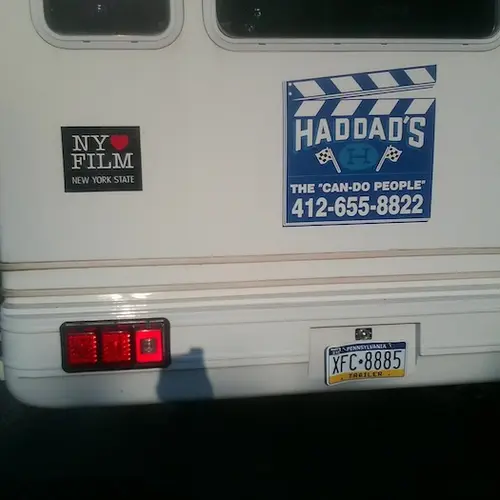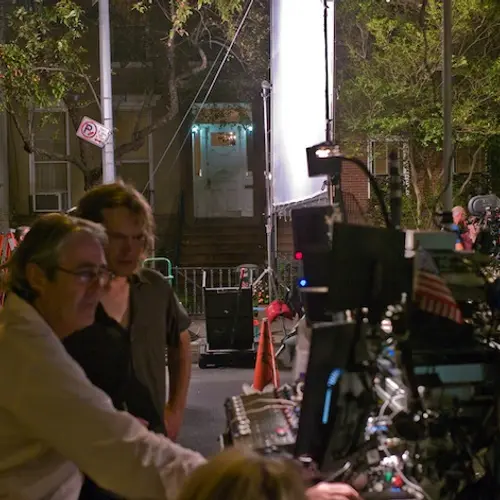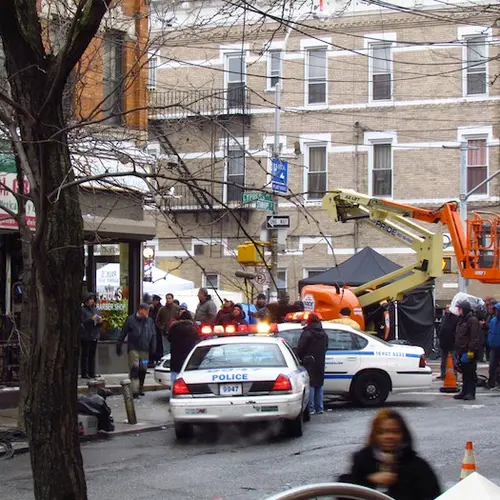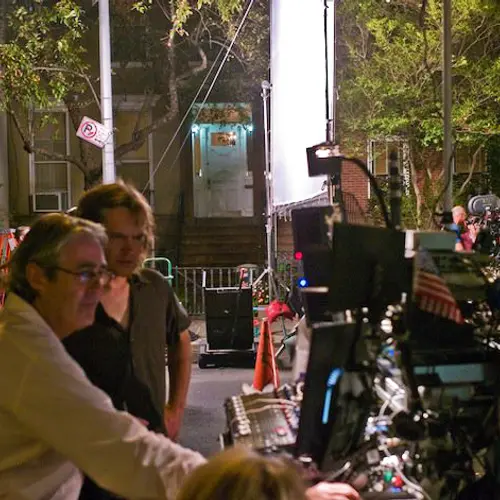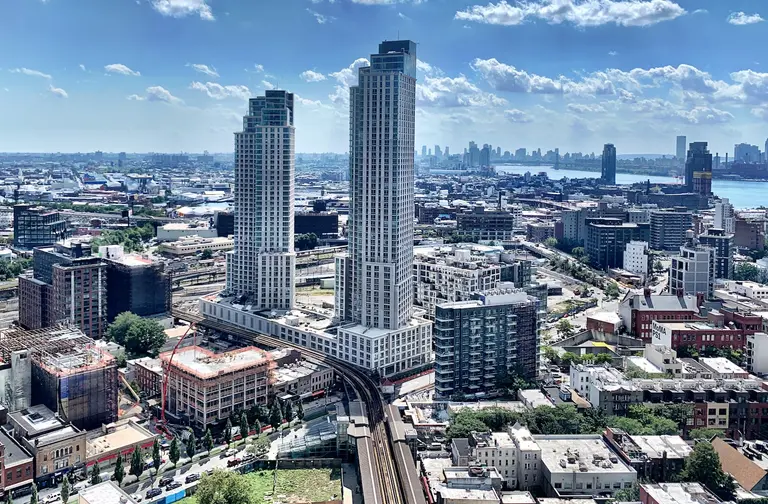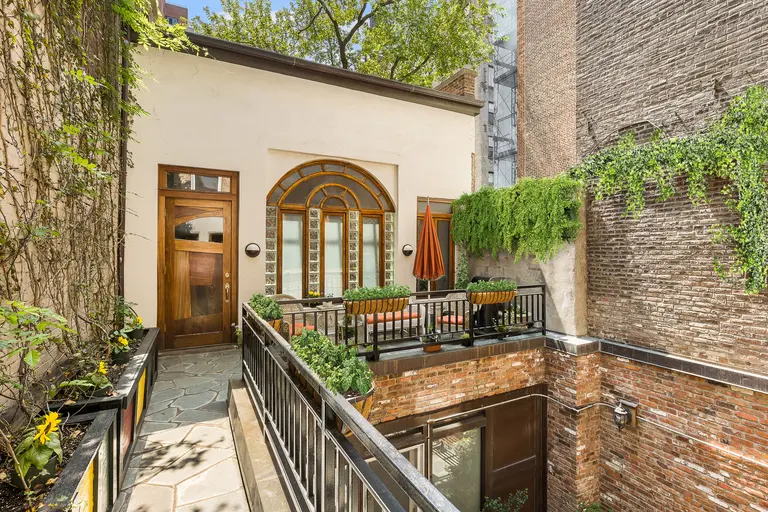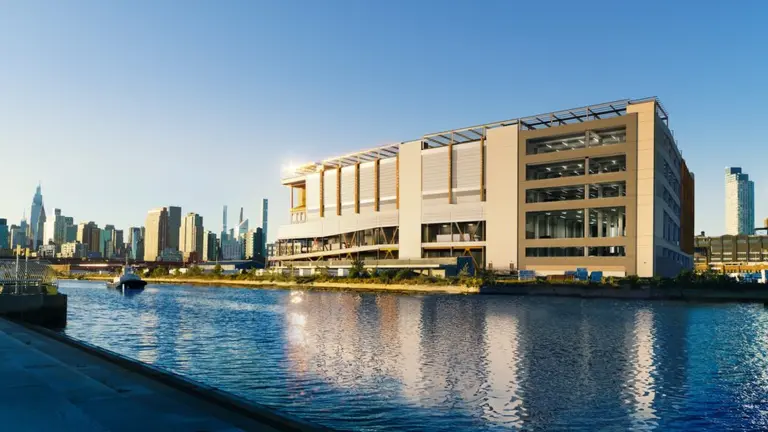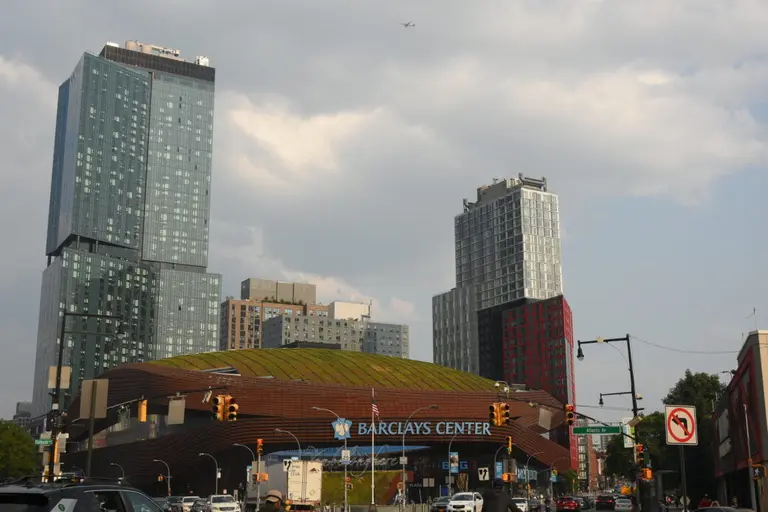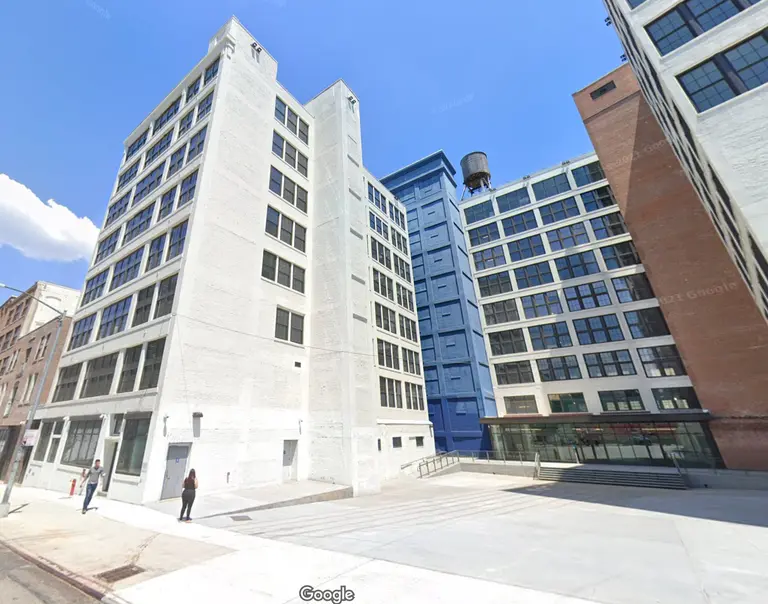Lights, Camera, Annoyance: Why NYC Is the New Hollywood and Not Everyone’s Happy About It
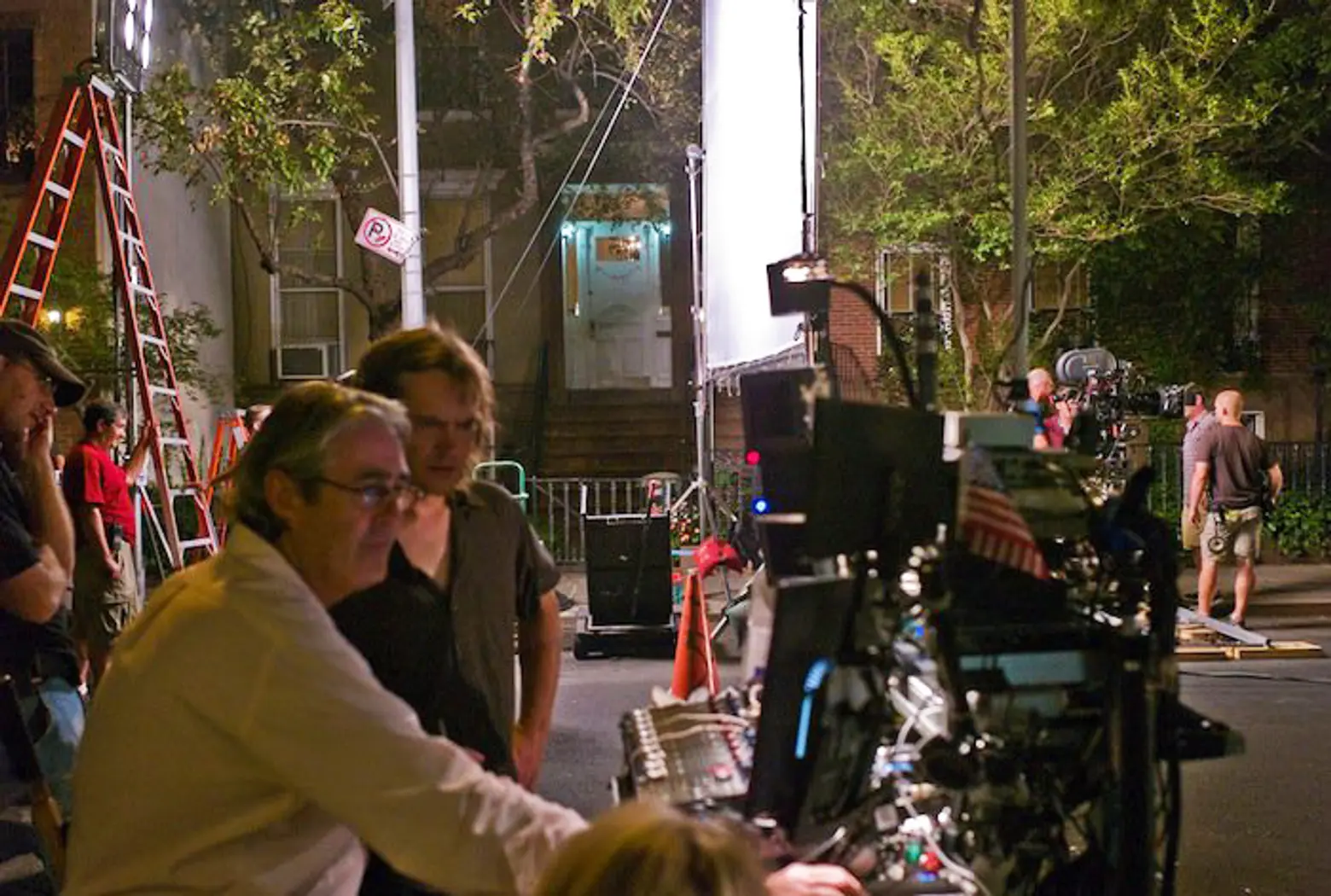
Film crews on your block: Yet another thing New Yorkers love to hate, whether it’s a case of grumble-brag or a genuine inconvenience. Some people love the opportunity to watch their favorite shows being made (and maybe get a peek at their favorite stars) and argue that it boosts the local economy. Others give the whole gig a big two thumbs down.
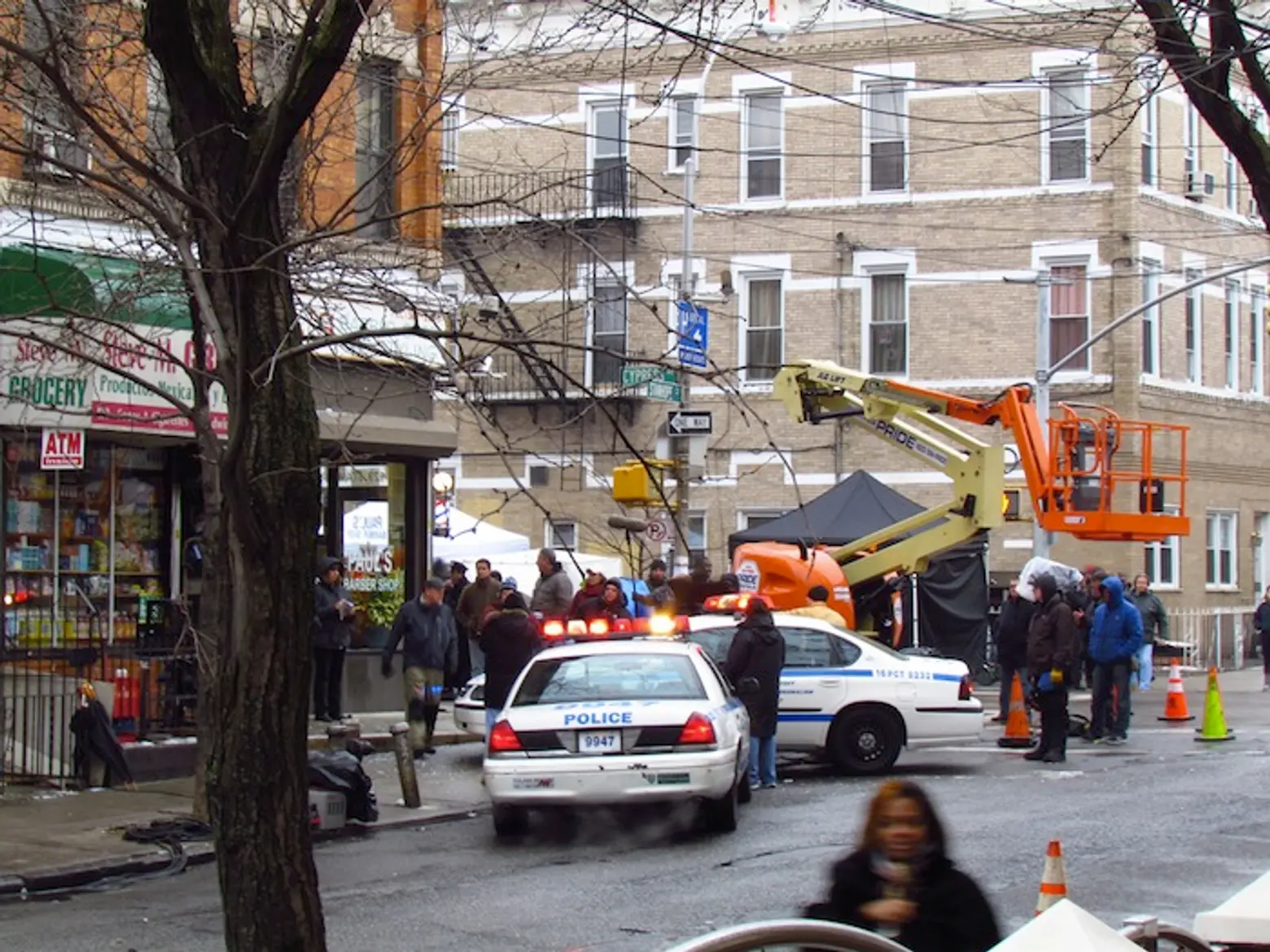 Blue Bloods shooting in Brooklyn. Photo: C-Monster via flickr.
Blue Bloods shooting in Brooklyn. Photo: C-Monster via flickr.
The likelihood of stumbling onto a film set when you walk out the door has never been higher. More films and TV productions are bypassing Hollywood for NYC. There are currently at least 30 prime-time episodic television shows filming in NYC, according to the New York City Mayor’s Office of Media and Entertainment–a four-fold increase from 10 years ago. Beyond the completely unavoidable and obvious (Gossip Girl, Girls), recent examples included Boardwalk Empire, Orange is the New Black, and, of course, NYC-based crime shows like Blue Bloods. New York City has even done stand-in duty for Chicago (The Good Wife), Washington, DC (The Blacklist, The Americans) and most recently, Gaza (the Joachim Trier film Louder Than Bombs is being filmed in Red Hook this month), among others.
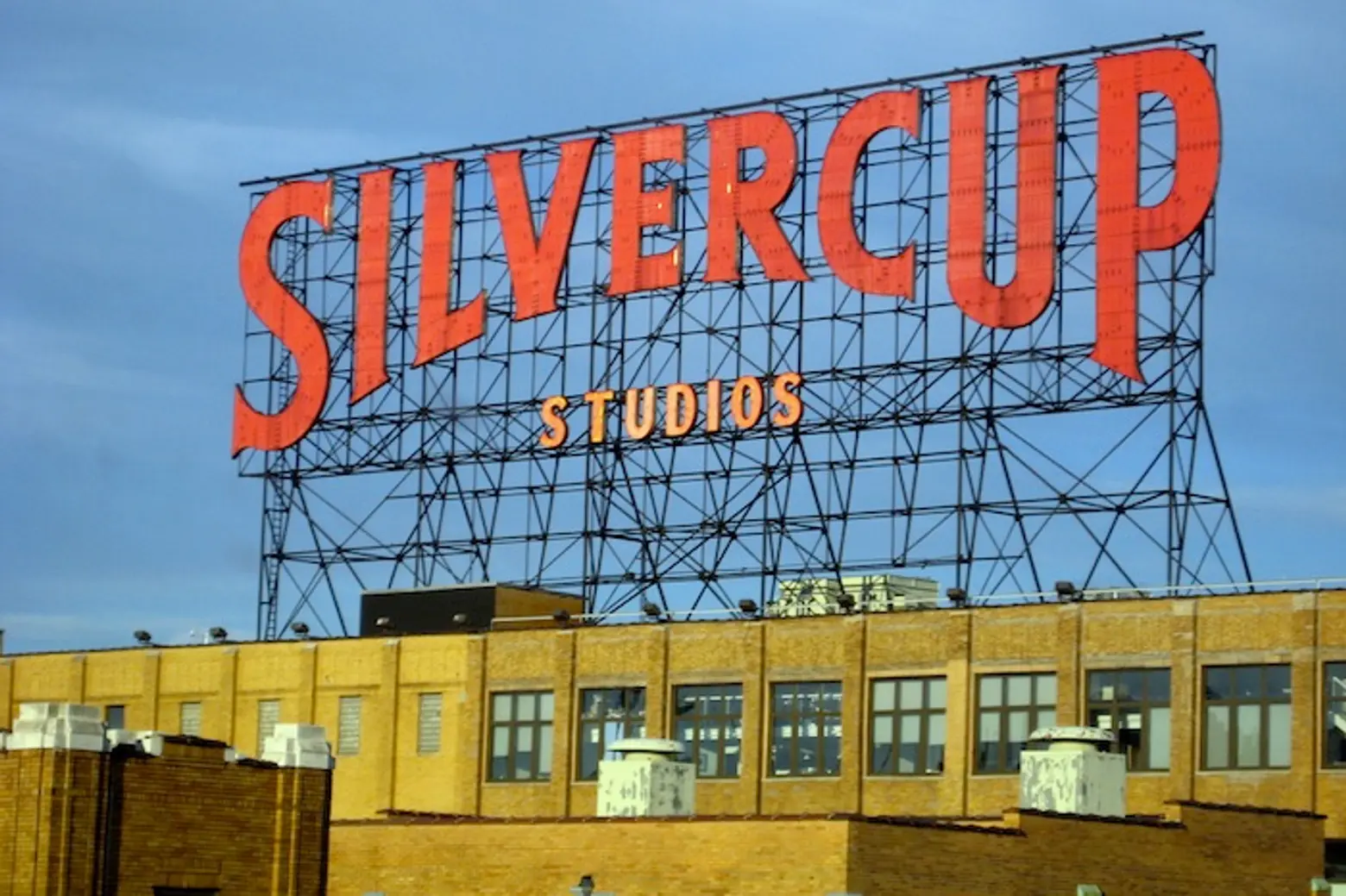 Silvercup Studios in Long Island City, Queens.
Silvercup Studios in Long Island City, Queens.
The city’s cinematic qualities aren’t the only reason for the filming boom. A $420 million/year film incentive program offered by the State of New York has been extended through 2019; a 30% tax credit on production expenses is available for qualifying film and television productions made in New York City; a 30% post-production tax credit is also offered for local productions that don’t qualify for the production credit. There are also advertising and marketing incentives available under the city’s Made in NY program.
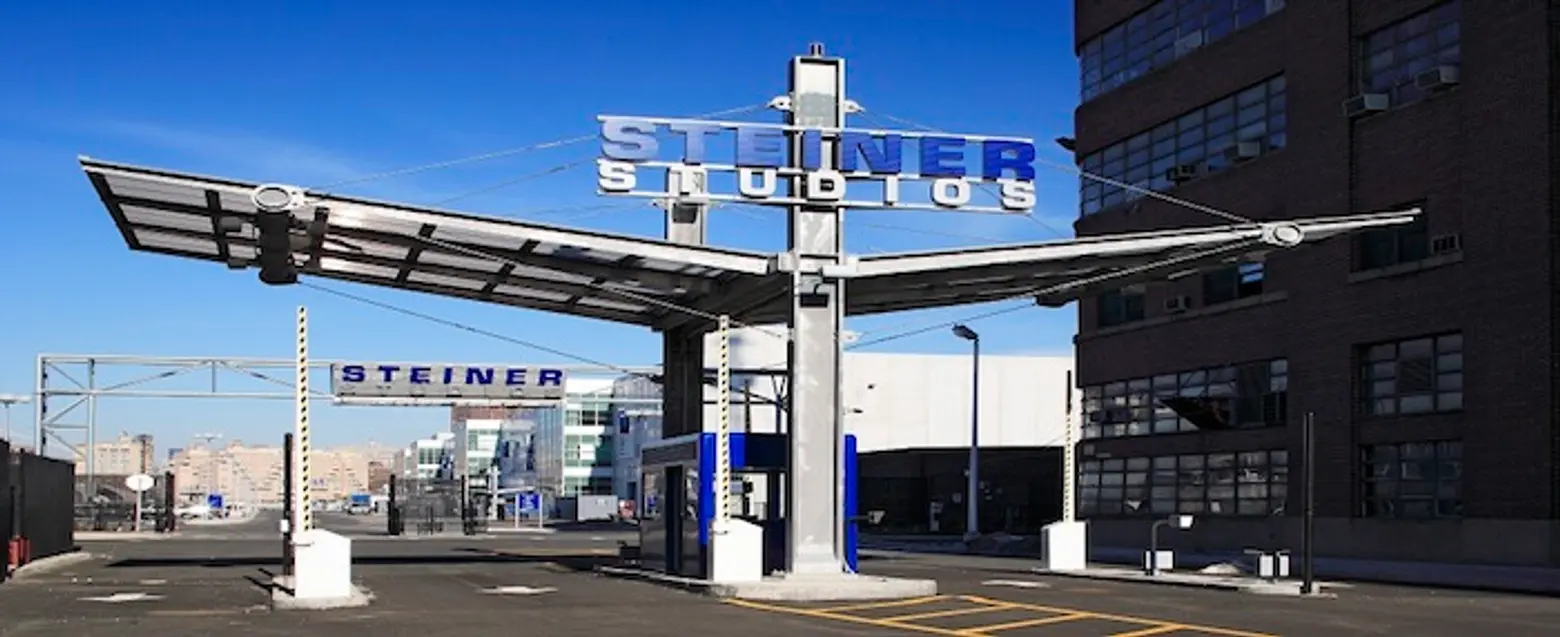 Steiner Studios in the Brooklyn Navy Yard.
Steiner Studios in the Brooklyn Navy Yard.
Another major attraction: Some of the nation’s biggest production studios are are now in NYC. The big four are Kaufman Astoria Studios and Silvercup Studios in Queens, Broadway Stages in Greenpoint, Brooklyn (also home to the city’s first fully operational year-round organic rooftop garden and the world’s first solar-powered soundstage) and Steiner Studios, which has been helping to revitalize the Brooklyn Navy Yard.
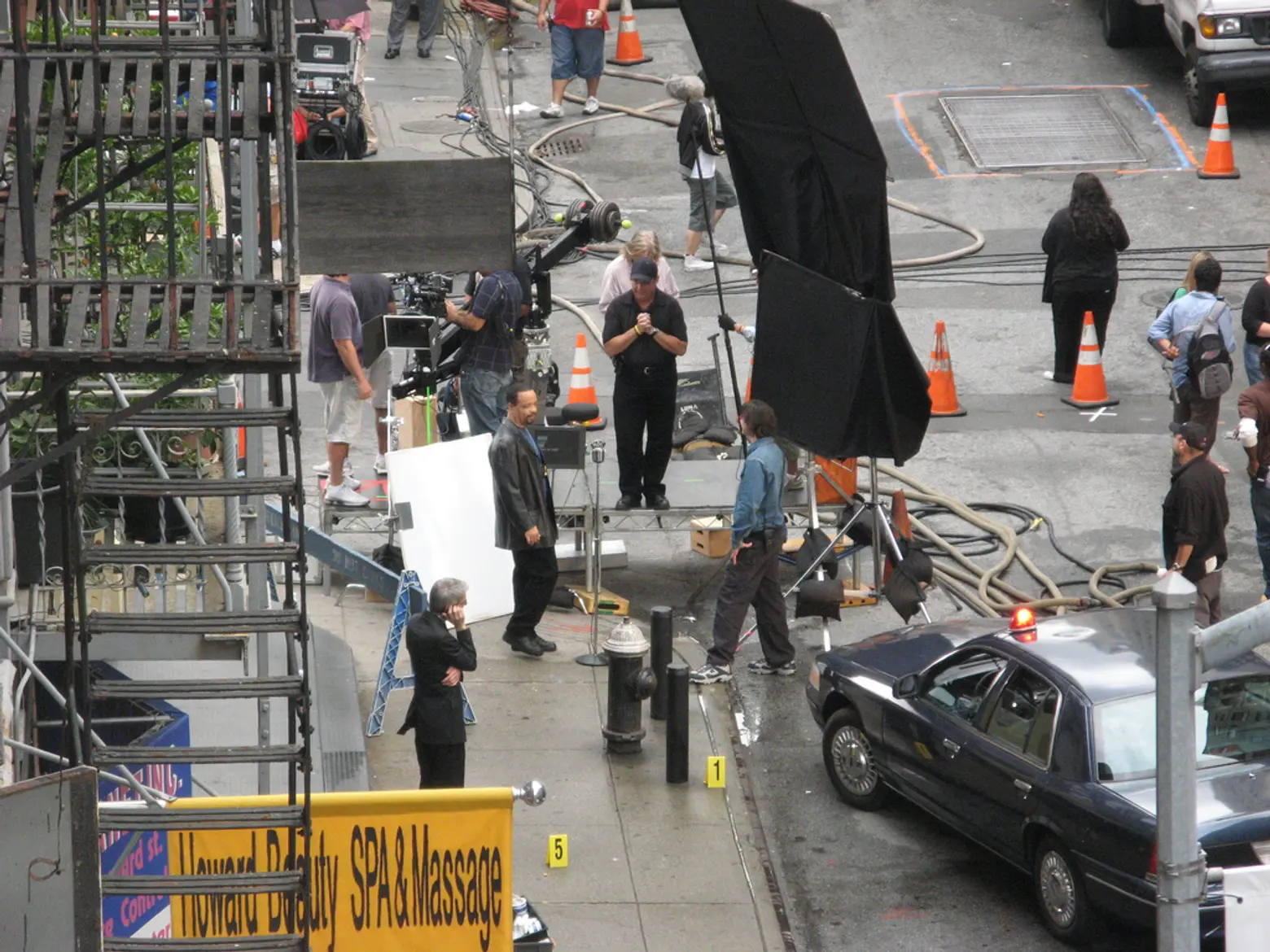 Filming Law & Order: SVU. Photo: gilly youner via flickr.
Filming Law & Order: SVU. Photo: gilly youner via flickr.
Dozens of great city-owned locations–the Jumel Mansion in Harlem and Washington Square Park in Greenwich Village, to name just a few–are available at no charge. Why all the encouraging incentives? Many claim that the film biz keeps business in general booming. Some facts from the Mayor’s Office:
- The city’s entertainment industry employs over 130,000 New Yorkers.
- The industry contributes approximately $7.1 billion to the local economy annually.
- There are 4,000 ancillary businesses that support production throughout the five boroughs.
The city’s residential neighborhoods are always in demand. And the inconveniences of bright lights, loud generator trucks and parking bans undoubtedly follow. From the “mixed feelings” of Brooklyn Heights residents reported in the Brooklyn Eagle to a nasty note war in Fort Greene to a recent moratorium on filming in Clinton Hill, patience can snap when parking is impossible, bright lights shine in bedroom windows and overzealous PAs block the path to your front door on the way home from a tough day at work.
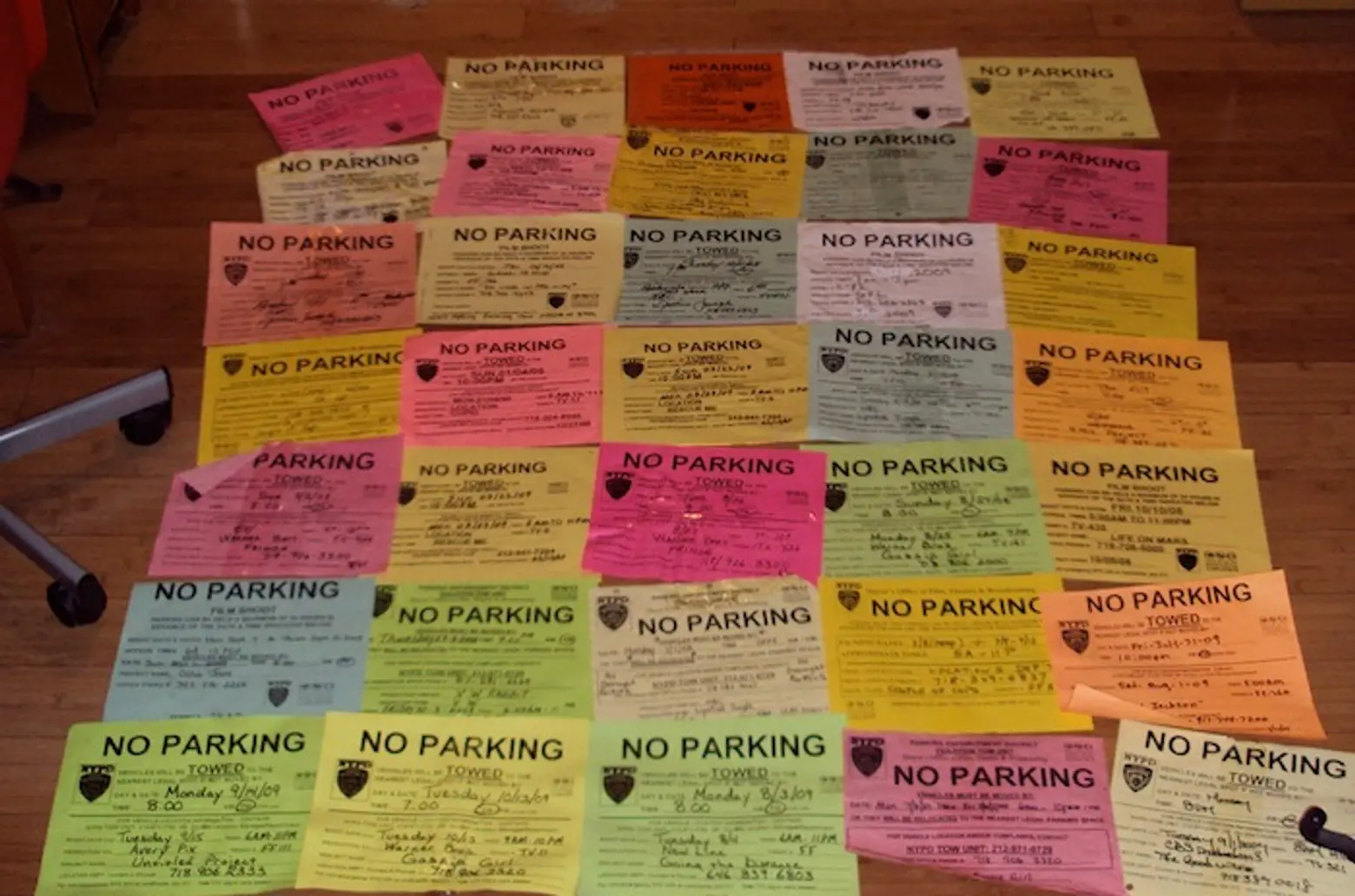 Some NYC neighborhoods see a lot of “action.” Photo: *B*tch Cakes* via flickr.
Some NYC neighborhoods see a lot of “action.” Photo: *B*tch Cakes* via flickr.
Another complaint: Residents will sometimes rent their homes to film productions; neighbors resent the fact that they’re getting a payday while the rest of the neighborhood or building must put up with noise, lights, trash left on stoops and parking snafus. In Greenpoint, a Facebook group, Film complaint 11222, invites concerned residents to post comments about inconvenience caused by film shoots in the neighborhood.
Debate continues about whether film crews are a boon or a hindrance to local economies. The main complaints: parking spaces being taken out of commission and street access to businesses being blocked by film trucks. Another point often made: Craft services (the catered meals and snacks brought in to feed the crew) comes from outside the neighborhood, not local sources.
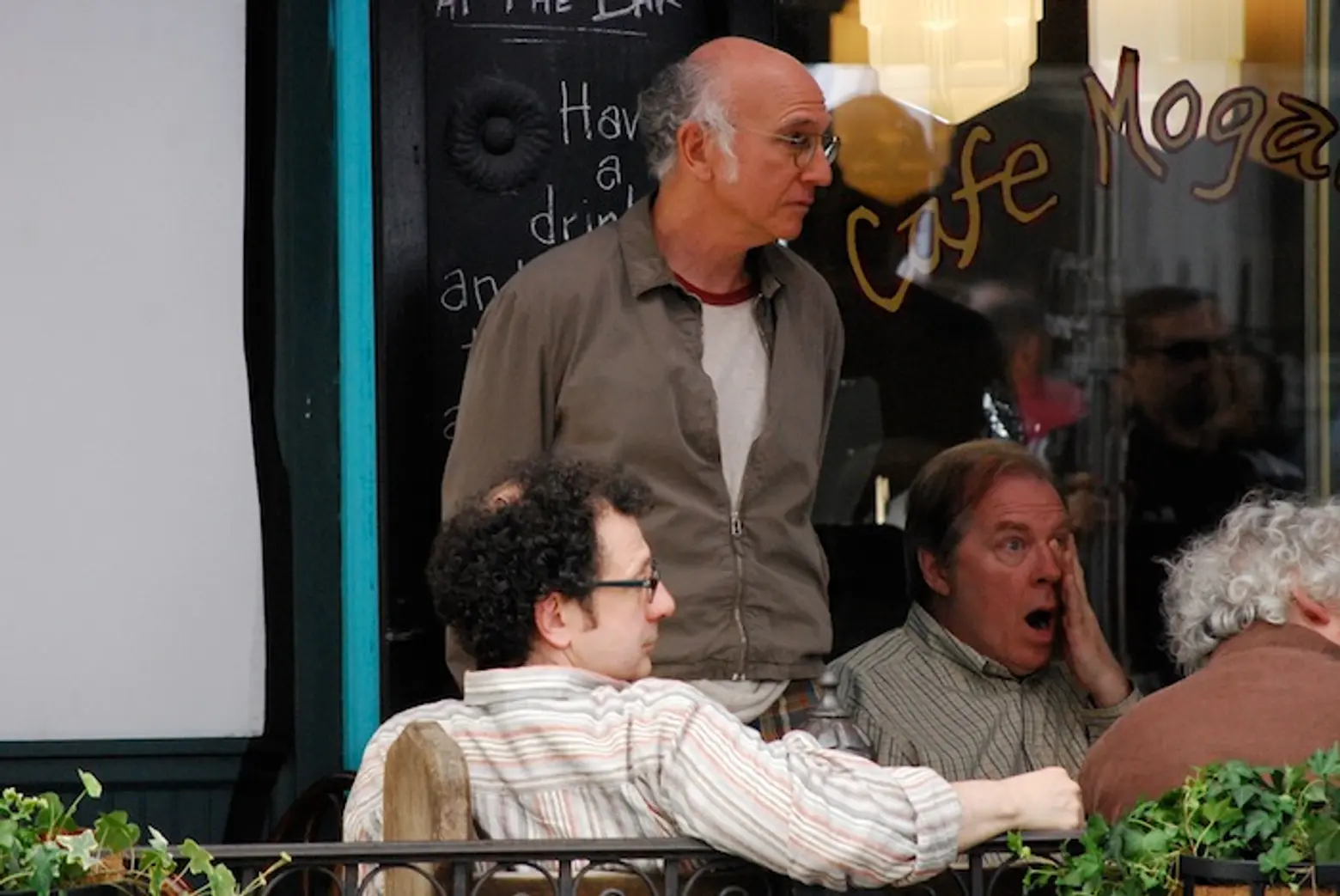 Larry David on set at Mogador restaurant in the East Village. Photo: Sean Ganann via flickr.
Larry David on set at Mogador restaurant in the East Village. Photo: Sean Ganann via flickr.
Others object when shooting is banned, insisting that film productions do, in fact, bring money to the neighborhood, and that customers are lost when the action moves elsewhere. Stores will often get paid for loss of business if access is blocked and to keep their lights on past regular store hours. Shoots generally last from a day to a week, and producers often use the same locations several times each year, especially with episodic TV shows. Hour-long “walk away” lunches are often bought in local restaurants and delis, and post-shoot crews frequent local bars. Film folks also frequent local stores they might never visit otherwise. This report details the impact film had on the city’s economy in 2013.
Hotspots and Moratoriums
The Mayor’s Office of Film, Theatre and Broadcasting (MOFTB) is tasked with making sure the benefits that film and TV production bring are balanced with quality of life for the city’s residents. To that end the “hot spot” system was started in the 1990s to make sure certain neighborhoods didn’t suffer constant film crew traffic without a break. A hot spot is an area that has been used so frequently for shoots that it gets a mandatory time-off period when filming permits are being issued. The city monitors filming schedules within the five boroughs. The Mayor’s Office of Media and Entertainment offers a mapped “hot spot list” to inform producers of which locations are off-limits. Decisions are also made based on feedback from local elected officials, community boards, and the public at large.
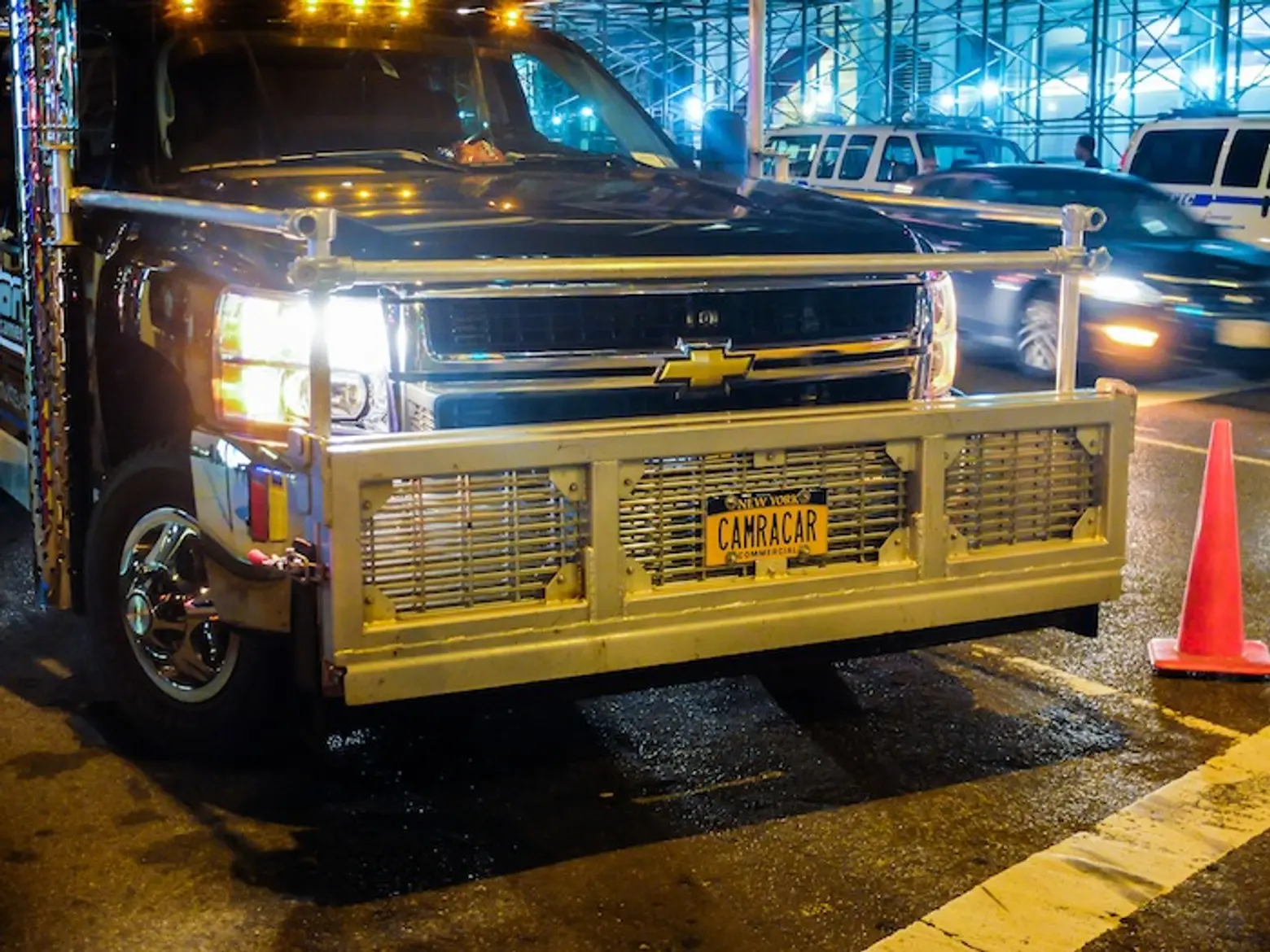 Photo: Billie Ward via flickr.
Photo: Billie Ward via flickr.
But the hot spot system isn’t perfect. Information on which areas will be off limits is not available until the list is released. And the length of time each area is out of commission varies. The hot spot system also annoys producers because it can spoil the visual continuity of the shoot. Neighborhoods that have a high number of recent complaints may also get special consideration beyond hot spot designation–the city may declare a moratorium on filming there for a designated time period. Complaints have reached such extreme levels recently that a new bill was introduced by city council members as an amendment to the city charter that would require public notice of production permits be made available on the city’s website at the earliest possible opportunity.
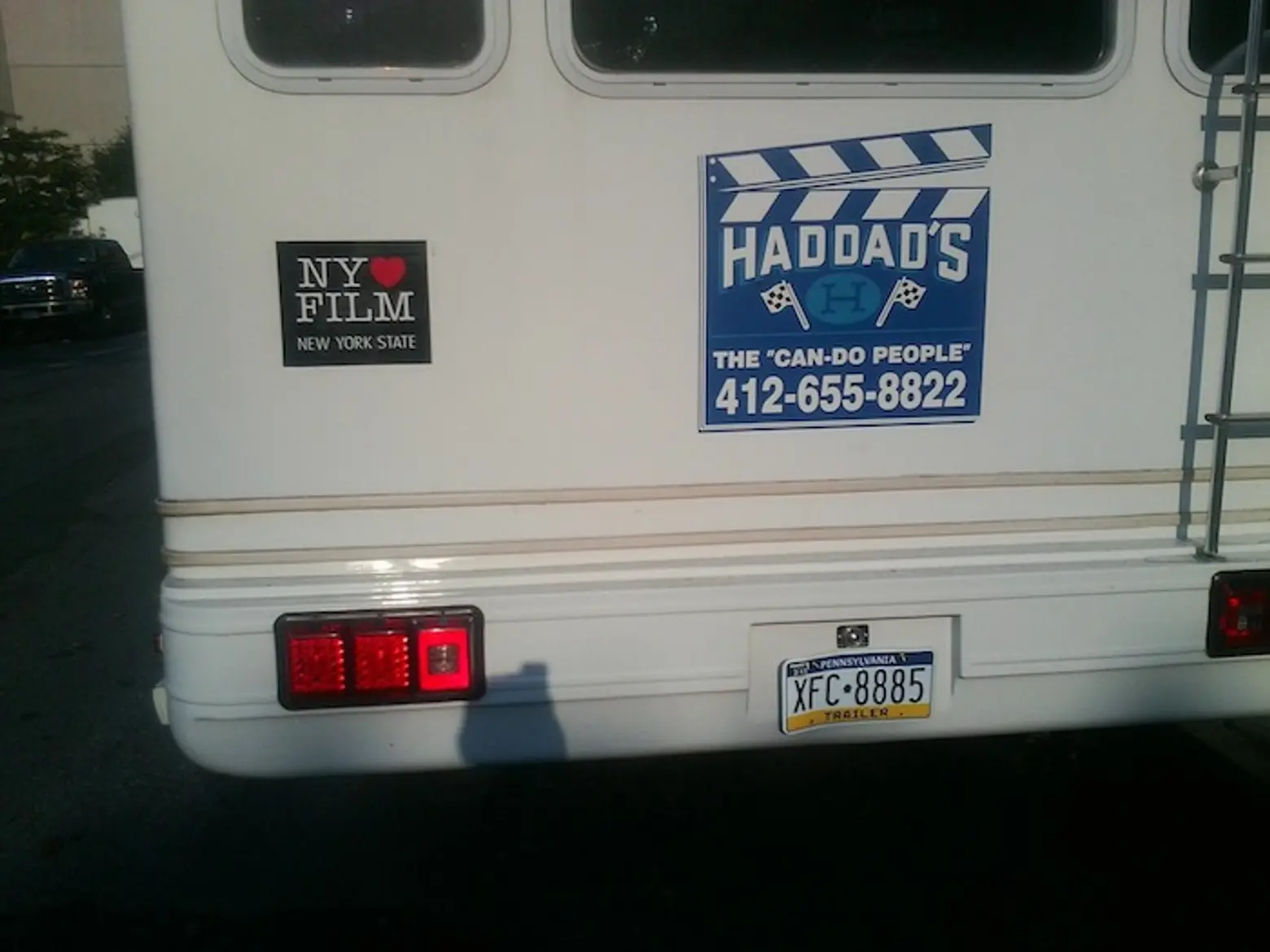 A familiar sight in NYC neighborhoods. Photo courtesy of NYlovesfilm.com via Facebook.
A familiar sight in NYC neighborhoods. Photo courtesy of NYlovesfilm.com via Facebook.
Shooting by the Rules
There are some general courtesies that should be followed when shooting on city streets and sidewalks. Once they have a permit, productions are required to post signs giving the hours of the shoot. If lights are being used at night, they should offer gels or other means to block windows. There shouldn’t be any yelling back and forth–the most professional shoots operate very quietly. There should be police in attendance if parking is being affected–the 23 officers of the NYPD Movie/TV Unit are assigned to an average of 10 film sets per day across the five boroughs.
Regarding parking, if your car is moved, it should be done so at the expense of the production. Location managers are supposed to keep a log of exactly where they’ve moved any vehicles. Also important: Private cars belonging to the production members are not allowed to park in public spaces; the permits only provide the spots for production vehicles.
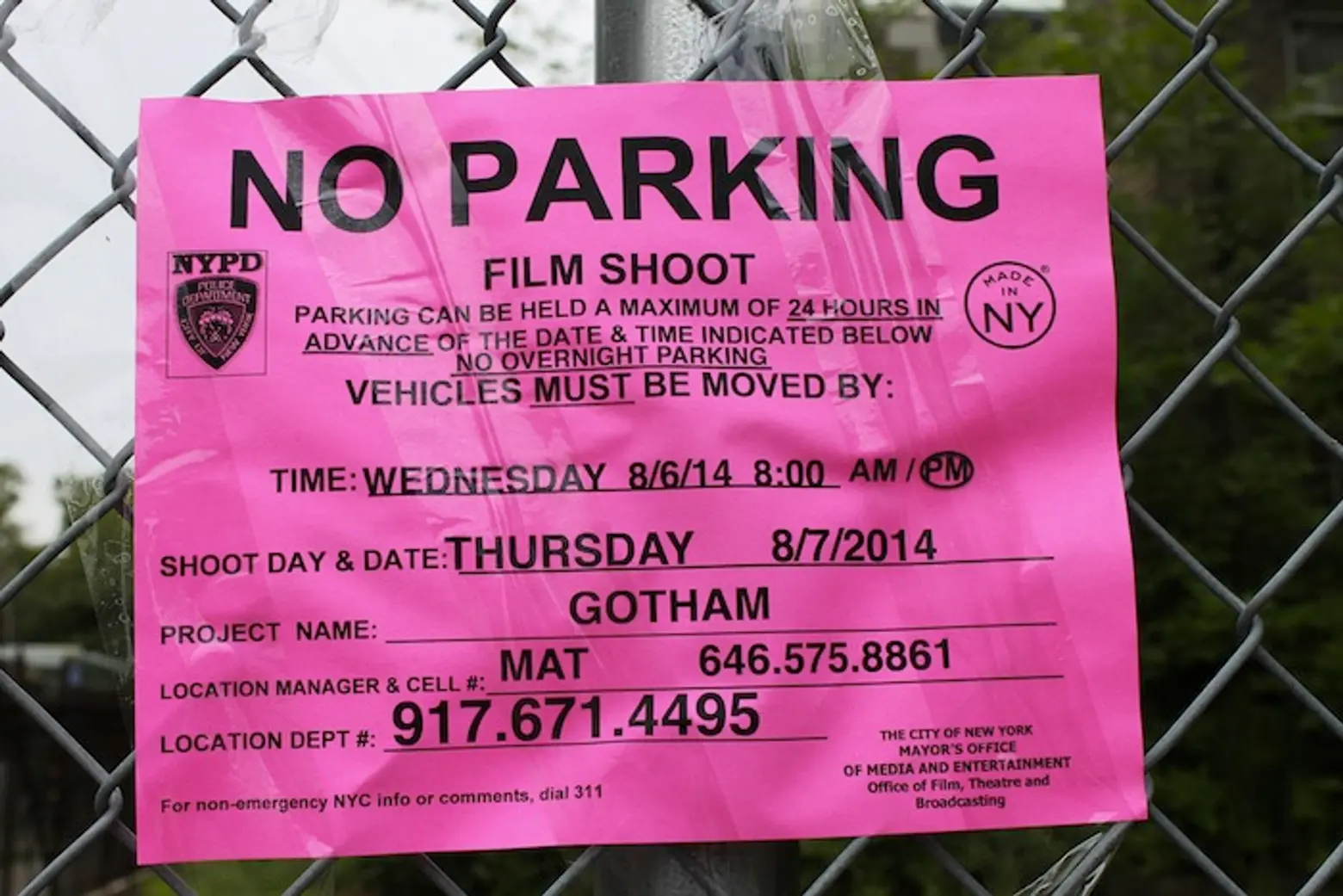 Contact the location manager first if there are any issues. Photo: Thomas Altfather Good via flickr.
Contact the location manager first if there are any issues. Photo: Thomas Altfather Good via flickr.
Contact info for the production’s location manager should be posted on production signs. If you have a complaint, try speaking to the location manager first. Then contact the Mayor’s Office of Film, Theater and Broadcasting (MOFTB) at 212-489-6710 and find out what the production’s permit allows them to do. Complaints should be made immediately to the Mayor’s Office. Your complaint may keep the same nuisance from happening in another neighborhood.
Sometimes productions will pay residents a small amount if they are being inconvenienced–this is up to the individual production, but it never hurts to ask. Other than cold hard cash, vexed community members have suggested that films “give back” in other ways, such as using neighborhood folks for extras and contributing money and time to community initiatives like gardens and community centers–though recently-revealed plans to evict a senior center from a Greenwich Village church basement to make space for film crews (NYPost) is most likely not what they had in mind.
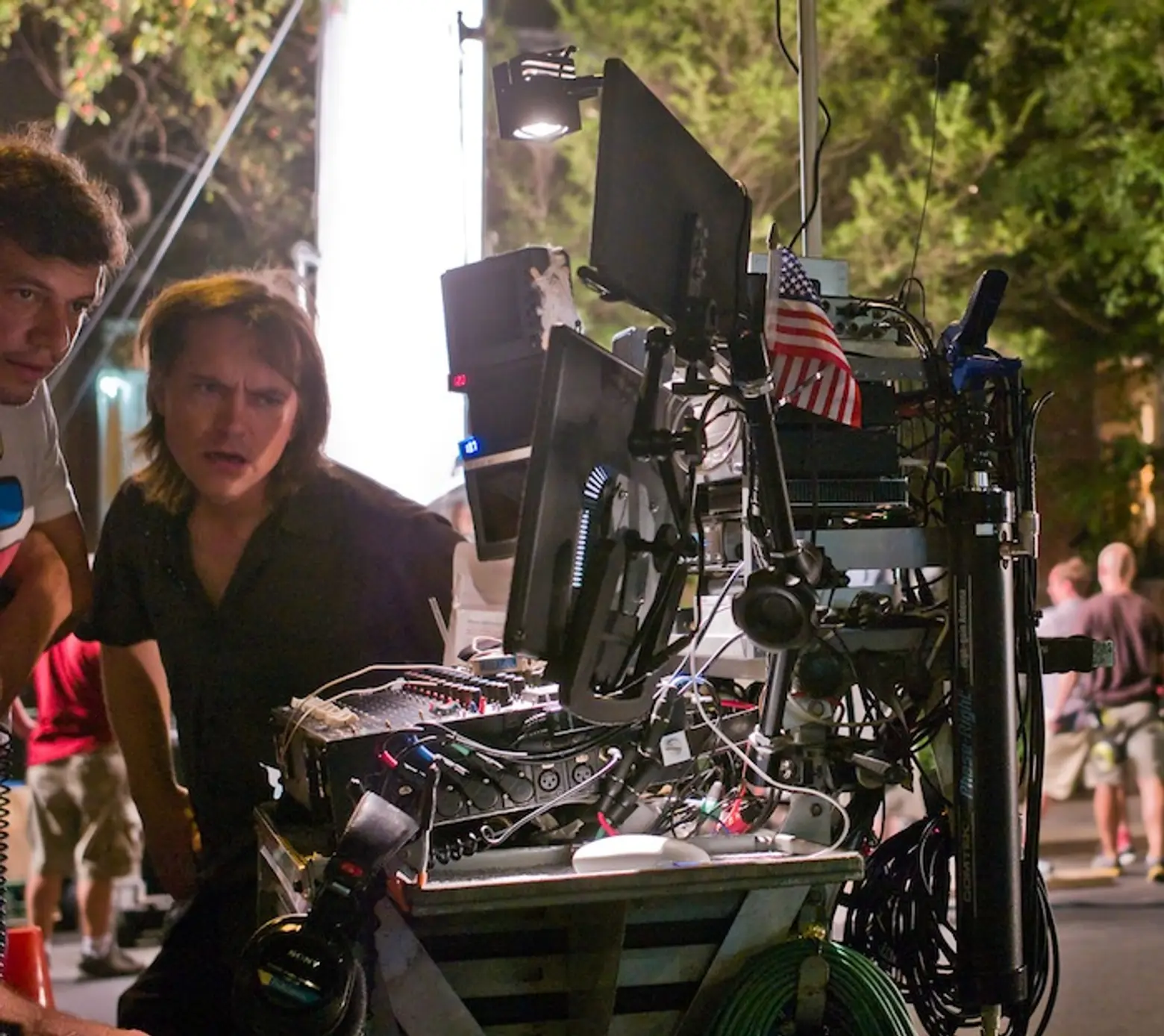 Filming an episode of Ugly Betty in Chelsea. Photo: Susan Sermoneta via flickr.
Filming an episode of Ugly Betty in Chelsea. Photo: Susan Sermoneta via flickr.
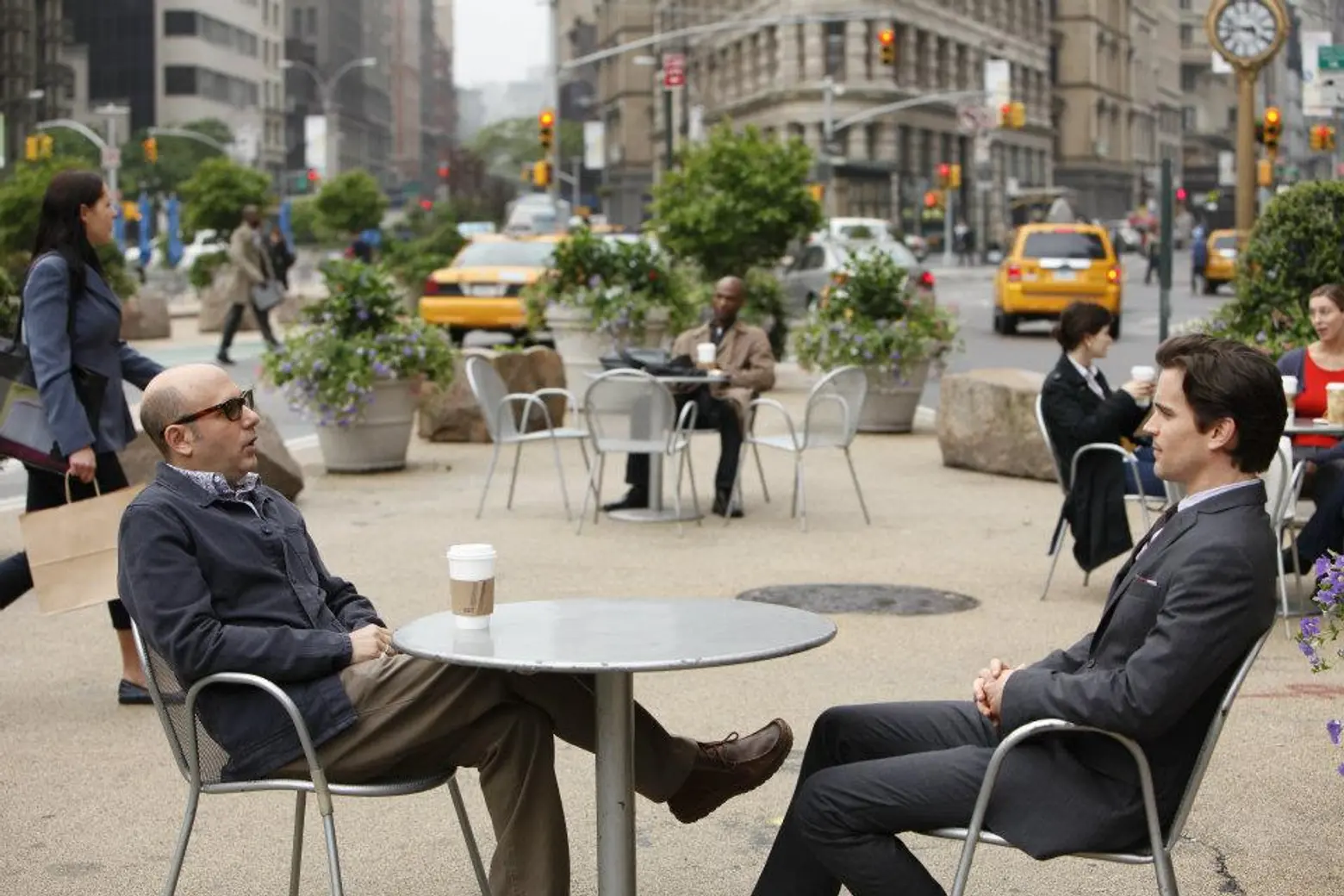 Shooting the USA Networks TV Series White Collar in the Flatiron District. Photo courtesy of NYlovesfilm.com via Facebook.
Shooting the USA Networks TV Series White Collar in the Flatiron District. Photo courtesy of NYlovesfilm.com via Facebook.
Resources
- Mayor’s Office of Film, Theater and Broadcasting FAQs for residents and merchants
- The city’s list of current productions (for fans!)
- On Location Vacation’s production list and Twitter feed for up-to-date information about what’s shooting, where
- Industry publications like Backstage also publish lists of current local productions
- How to make your home a star (caution: may result in annoyed neighbors)
Lead image: Susan Sermoneta via flickr.
